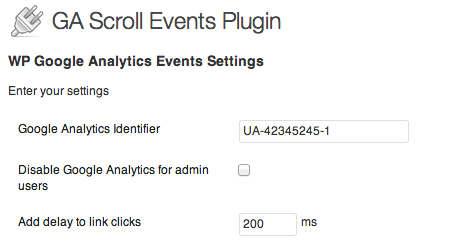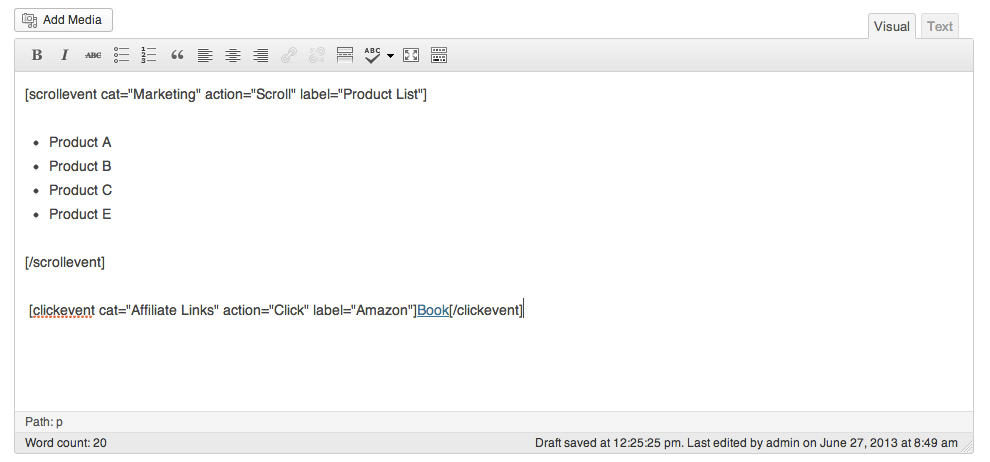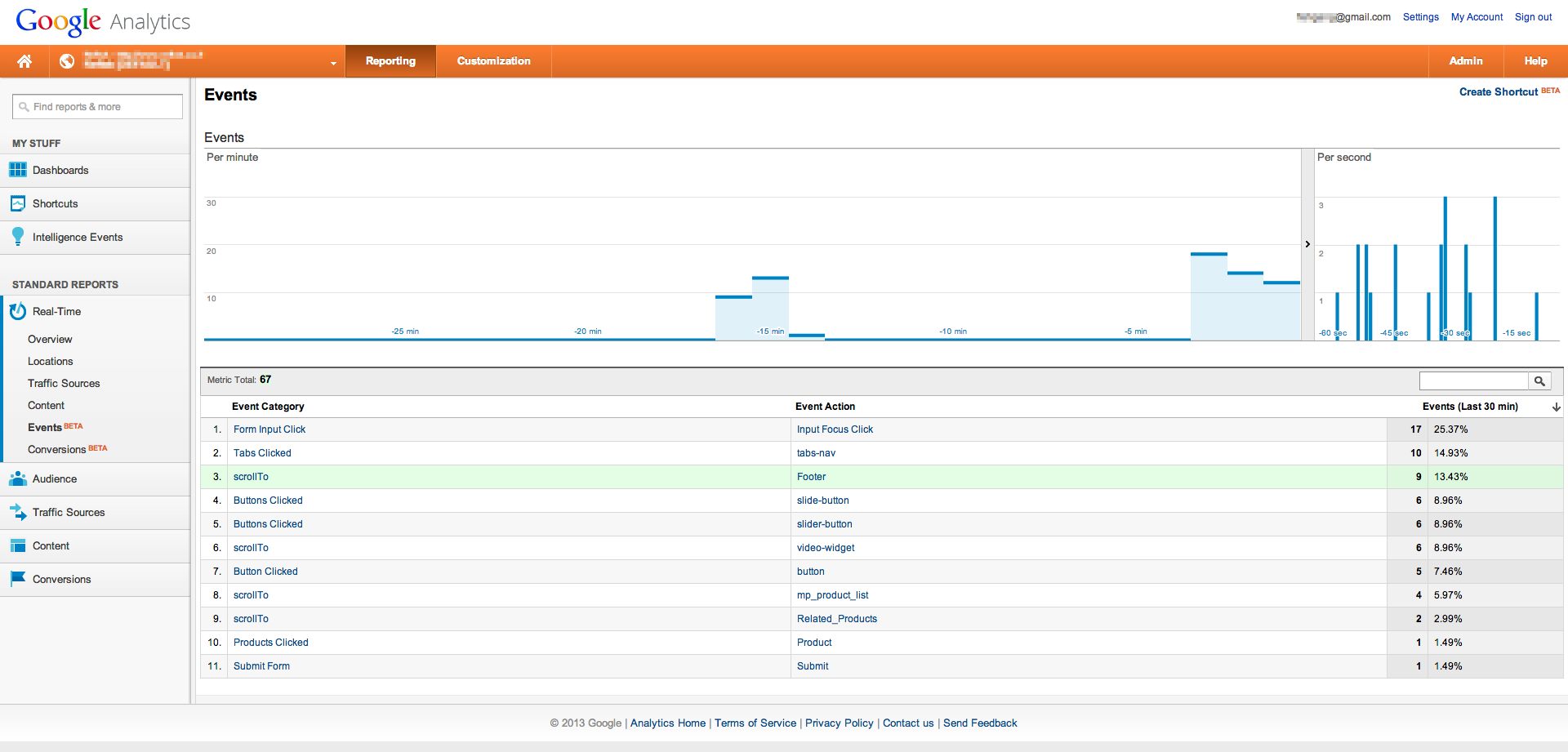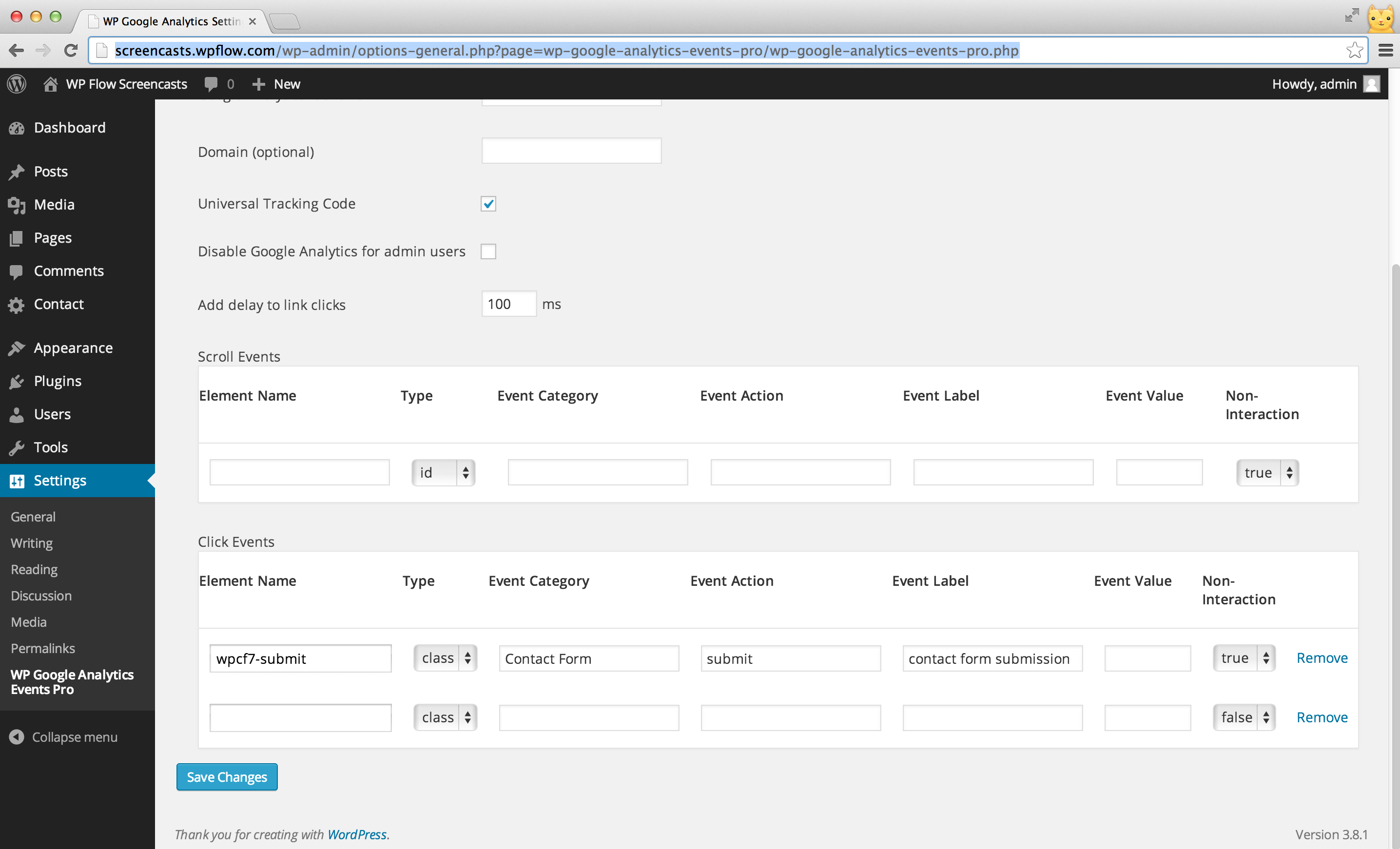Step one for understanding your users is to install tracking tools on your website. Tools range from free to quite pricey, so shop around. If you’ve got tools installed, great job! The next challenge is knowing what to track. Trying to sift through all the data you can collect from your website, especially the business website homepage, can be an overwhelming process. What matters? What’s worth knowing?
Once you’ve installed Google Analytics, and hopefully other kinds of tools for understanding user behavior, you need to have a game plan for the specific user actions you’ll track.
Here’s a quick overview of the approach you want to take for tracking business data from your website. The steps are: 1) collect the data, 2) translate your data into actionable steps, and 3) make decisions about changes based on your business goals. (Do you want to just increase traffic, or increase sales, or increase social sharing? Your specific goals will affect what you do with data.)
What bits of data should you be collecting from your business homepage? There are some key things not to miss, and they include:
1. User Demographics
You’ll want to to get a sense of where your users are from, what size computer they’re using, and what internet browser they’re looking at your site with. You can learn a lot about your users with Google Analytics, so when this is installed, use it to collect user demographic information.
2. Where Visitors Click & Scroll
You want to know what pages your visitors are clicking on. You also would preferably like to know know how far down the page they are reading. Watching live recordings of how your visitors use your website, including mouse flow, can be enlightening. You’ll see where your users get stuck in the process, where they linger, and you’ll learn where they head to first. Heat mapping tools like CrazyEgg and Mouseflow can provide useful data.
3. Call-to-Action Clicks
Call-to-action button clicks are gold for you. A change in call-to-action copy can lead to huge changes in sign-up and sales, so make sure you track the traffic from different versions of your copy on your links, sign-up buttons, and other call-to-action areas. With tools like Optimizely installed, you can easily A/B test your copy on your call-to-action buttons.
4. Your Conversions
How many people who come to your website actually achieve the conversion goal? Your conversion goal might be to sign-up for a service, to buy a product, complete some other kind of purchase—whatever you consider success. It might just be making it to a certain page on your site. Define what you consider conversion, and track how many visitors make it to that point. (If your conversions are low, you may be attracting the wrong type of visitors, or your message may be unclear, not guiding them there.)
5. Your Bounce Rate
A visitors “bounces” when they come to your site and immediately leave. This usually means they didn’t find what they wanted. This is essentially someone poking their nose into your shop for a moment, and then walking right out. Yes, some people will just find your site by accident. However, knowing why someone is leaving your site can be extremely valuable. After all, everyone who peeks at your site is a potential customer and ideally you want them to stick around.
Google is no longer sharing search term bounce data, so you don’t to see the high bounce rate search terms automatically. By tracking this however, you can avoid running campaigns in Google that produce high bounce rates.
The good news is the control panels from most analytics tools are designed to be easy-to-use. So once they’re installed, get familiar with how to track the things we’ve mentioned. Knowing what kinds of people are accessing your website, what they’re doing there, and why they’re leaving will arm you with data to help you grow.
Image credit: Serge Kij







